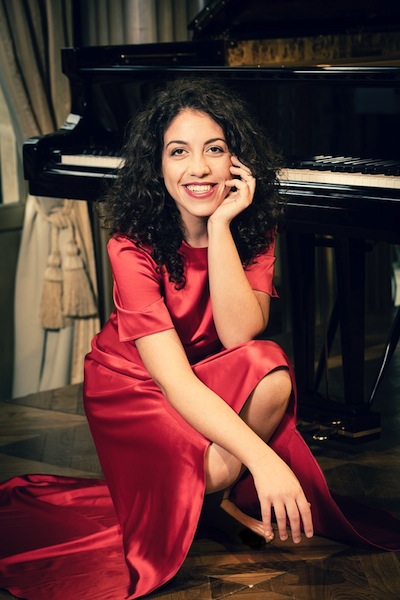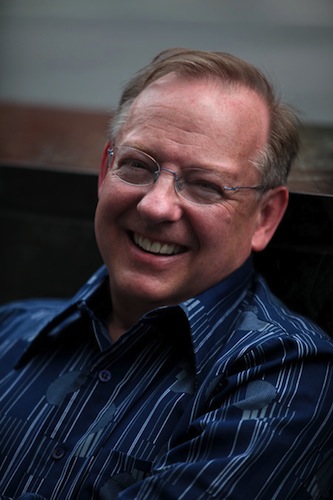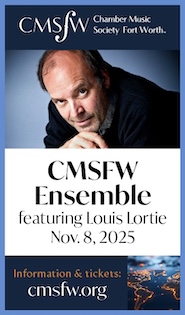A mixed night for Dallas Symphony with Rana, McGegan

Beatrice Rana performed Prokofiev’s Piano Concerto No. 3 with the Dallas Symphony Orchestra Thursday night. Photo: Nicolas Bets
Now almost one hundred years old, the glories of Prokofiev’s Piano Concerto No. 3 remain undimmed, with its relentless structural momentum and captivating exploration of orchestral and pianistic sonorities.
Yet the brilliant colors and sweeping dramatic range of Prokofiev’s concerto were largely muted in a narrow, noisy reading by pianist Beatrice Rana at Thursday night’s concert by the Dallas Symphony Orchestra, led by Nicholas McGegan at Meyerson Symphony Center.
Well-known to north Texas audiences as the silver medalist of the 2013 Cliburn Competition, Rana attacked her role with fingers of steel and plenty of muscle in the opening passages—and very little finesse or subtlety, even as she moved into the lyrical second theme. Determined to push tempos forward, she clearly struggled to maintain control, devoting much effort to getting the notes played, but with little energy left for shaping phrases and almost no sense of relating the various sections to the whole.
McGegan shares responsibility for a performance that fell far short of the work’s potential. Lauded for live performances and recordings of 18th-century music, the conductor had little to offer in this 20th-century favorite. Conducting without baton, he failed to maintain the clean precision and teamwork demanded here—though pianist Rana, who seemed almost oblivious to the orchestra, owns part of the blame as well. Although this work is highly episodic, the key to making it work lies in finding and communicating the links and cross-references of the episodes, which neither soloist nor conductor managed convincingly.
McGegan opened the evening with the Dallas Symphony’s belated debut performance of Haydn’s Symphony No. 83 in G minor (nicknamed “The Hen” after a jaunty appoggiatura figure in the first movement suggestive of avian pecking and clucking). McGegan opted for a somewhat reduced orchestra, but went for a surprisingly rich, dark timbre in the opening passage. This in turn set up an effective framing of the more humorous and cheerful second theme. Although this is hardly Haydn’s greatest work, a focus on contrasts and some intriguing melodic eccentricities produced a pleasant performance.
Beethoven’s Symphony No. 2 made up the second half. McGegan here once again aimed for a dark, robust sound from the orchestra while focusing on contrasts—with, however, a tendency to hit a little too hard on accents, to the point that the accents drowned out the music. The second movement brought a more delicate and nuanced approach, and the energy of the finale—inherent in the music, but here communicated with admirable precision and devotion by both orchestra and conductor, did much to redeem the evening.
The program will be repeated 7:30 p.m. Friday and Saturday and 2:30 p.m. Sunday at Meyerson Symphony Center. mydso.com; 214-692-0203.



